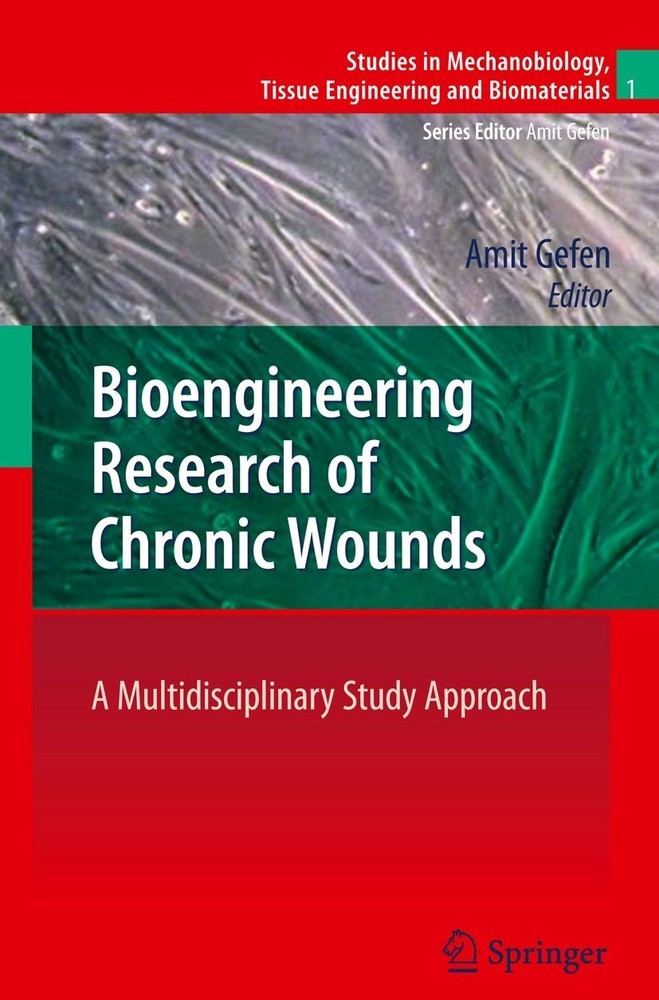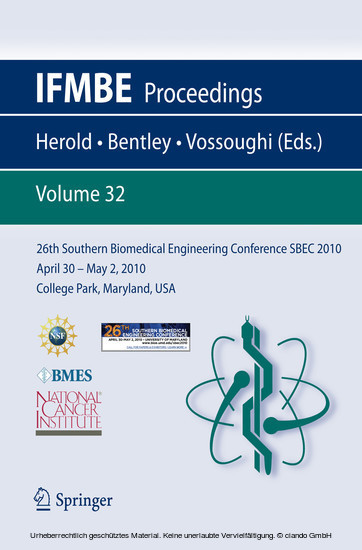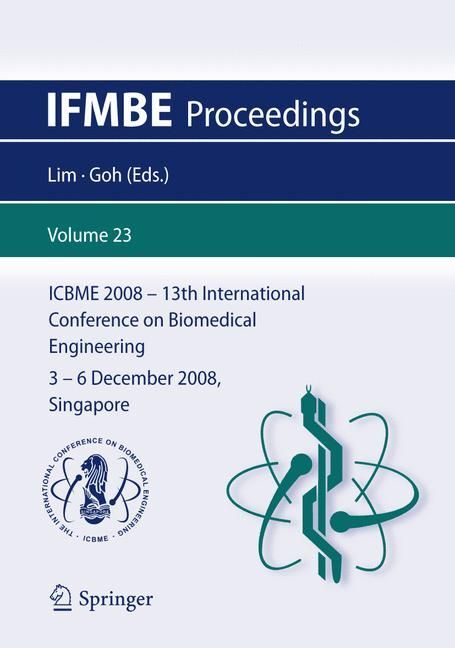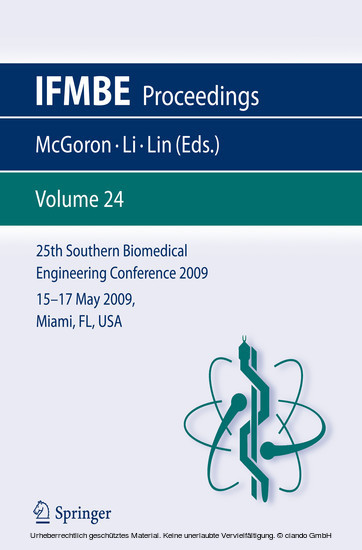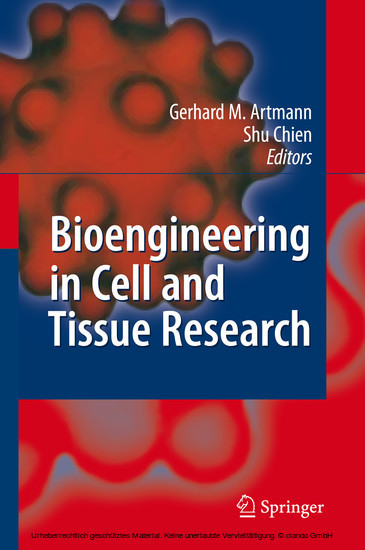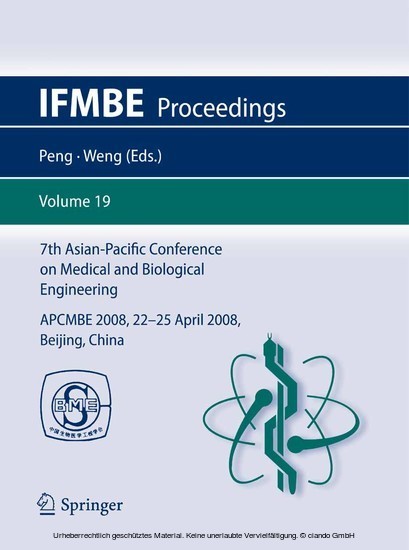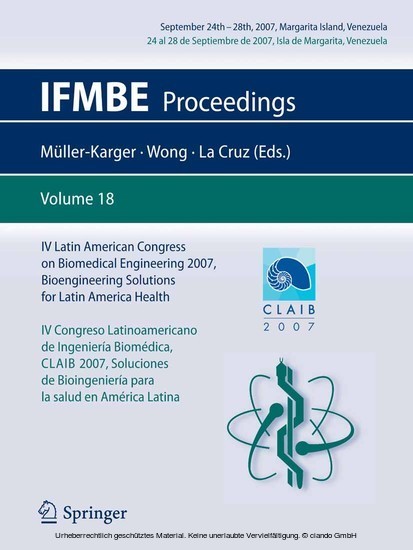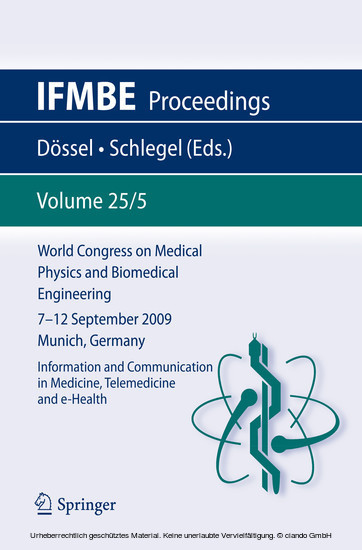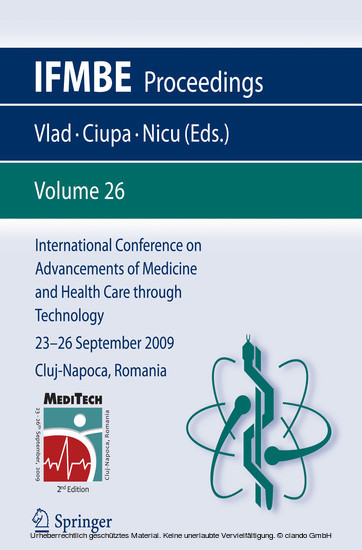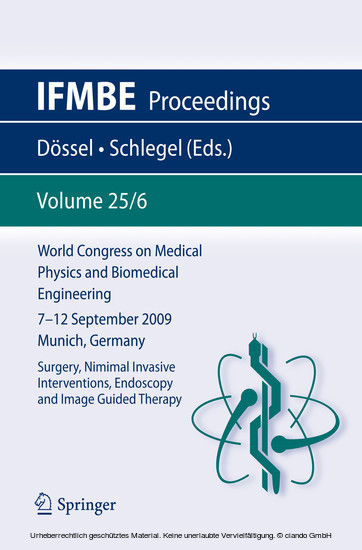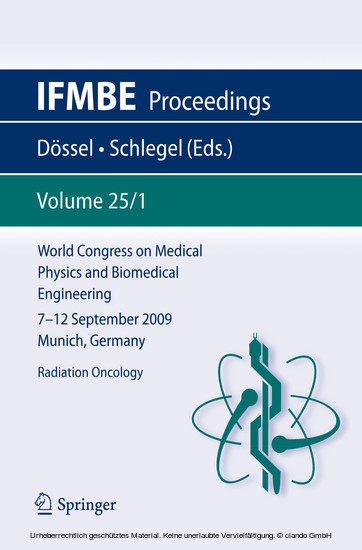Bioengineering Research of Chronic Wounds
A Multidisciplinary Study Approach
Pressure-related chronic wounds are an important health concern that affects millions of patients and accumulates billions in annual costs. These wounds may occur when soft tissues are mechanically compressed between bony prominences and a supporting surface. This book gives a complete and quantitative explanation of the mechanobiology which causes chronic wounds. The reviews give an overall picture on all length scales of the phenomenon, starting from musculoskeletal biomechanics to the modeling of soft tissues and their interaction with bones. At the microscopic levels, it thoroughly reviews experiments and modeling of cellular forces and molecular processes that occur during injury and healing, including the integrity of living cells subjected to sustained mechanical forces and deformations. The results allow a complete picture of the tolerance of human tissues to sustained loads, and an understanding of the risk for onset of chronic wounds. Hence, this book is also valuable for all professionals involved in the prevention and treatment of chronic wounds.
1;Preface;6 2;Contents;8 3;I Principles of ChronicWound Pathology, Pathomechanics and Healing Response;8 3.1;Fundamentals of Pressure, Shear and Friction and Their Effects on the Human Body at Supported Postures;11 3.1.1;Introduction;12 3.1.2;Terms and Definitions;12 3.1.2.1;Bursae;12 3.1.2.2;Mechanical Load;14 3.1.3;The Human Body;17 3.1.3.1;The Skeletal System;17 3.1.3.2;The Skin;17 3.1.3.3;Mechanical Properties of the Skin;19 3.1.3.4;Conclusion;21 3.1.4;The Effects of Mechanical Load on the Body;21 3.1.4.1;Contact with the Body;21 3.1.4.2;Reactions of the Body to Mechanical Load;23 3.1.4.3;Comfort, Discomfort and Pain;29 3.1.4.4;Pain;32 3.1.4.5;Conclusions;34 3.1.5;Body Support Surfaces;34 3.1.5.1;Solid;35 3.1.5.2;Liquid;35 3.1.5.3;Air;36 3.1.5.4;Conclusion;36 3.1.6;Conclusions;36 3.1.7;References;37 3.2;Mechanobiology of Cutaneous Wound Healing and Scarring;41 3.2.1;Introduction;41 3.2.2;Mechanobiology of Cutaneous Wound Healing;41 3.2.3;Conclusions;49 3.2.4;References;50 3.3;Cell Migration along the Basement Membrane during Wound Repair. The Corneal Endothelium as a Model System;53 3.3.1;Introduction;53 3.3.2;The Vertebrate Corneal Endothelium;55 3.3.3;Organ Cultured Corneal Endothelium as a Model System;58 3.3.4;Cell Proliferation Is a Component of Endothelial Wound Repair;62 3.3.5;Migratory Response of Corneal Endothelial Cells during Wound Repair;64 3.3.6;Eicosanoids and Injury-Induced Endothelial Cell Movement;70 3.3.7;Actin Cytoskeletal Changes Accompanying Cell Migration;71 3.3.8;Matrix Proteins and Endothelial Wound Repair;78 3.3.9;Summary and Conclusion;83 3.3.10;References;84 3.4;The Importance of the Microenvironment of Support Surfaces in the Prevalence of Pressure Ulcers;95 3.4.1;Introduction;95 3.4.1.1;Pressure Ulcer Prevalence and Incidence, Economic Cost;95 3.4.1.2;Current Definition of PU;96 3.4.1.3;Major Factors;96 3.4.1.4;Current Methods/Procedures to Prevent PUs;96 3.4.2;Relationship between the Prevalence of Pressure Ulcers and Interface Pressures;97 3.4.3;Microenvironment;99 3.4.3.1;What Constitutes Microenvironment?;99 3.4.3.2;Shear Stress;100 3.4.3.3;Pressure;101 3.4.3.4;Friction;105 3.4.3.5;Moisture;107 3.4.4;Summary and Conclusion;108 3.4.4.1;Areas for Future Research;108 3.4.5;References;108 4;II Mathematical Modeling of Chronic Wounds and Wound Healing;8 4.1;Partial Differential Equations for Modelling Wound Geometry;111 4.1.1;Introduction;111 4.1.2;Elliptic Partial Differential Equations for Shape Modelling;115 4.1.2.1;Classification of Partial Differential Equations;116 4.1.2.2;The Biharmonic Equation;117 4.1.2.3;The Solution of the Biharmonic Equation;118 4.1.3;Modelling Wound Geometry;119 4.1.3.1;Examples of PDE Geometry;123 4.1.3.2;Modelling Geometry of Wound Shapes;124 4.1.4;Measuring Properties of Wounds;128 4.1.4.1;Surface Area and Volume of the Wound Shape;128 4.1.4.2;Mass Properties of the Wound;129 4.1.5;An Example of Wound Modelling;130 4.1.6;Conclusions and Future Work;132 4.1.7;References;133 4.2;A Suite of Continuum Models for Different Aspects in Wound Healing;136 4.2.1;Introduction;136 4.2.2;Methodology;140 4.2.2.1;The Fisher-Kolmogorov Equation;140 4.2.2.2;A Diffusion-Reaction Equation for Chemotaxis;143 4.2.2.3;The Visco-elastic Equation;145 4.2.3;Wound Contraction;147 4.2.3.1;The Model Due to Tranquillo;147 4.2.3.2;The Model Due to Olsen $et al$;151 4.2.4;Angiogenesis;153 4.2.4.1;The Model Due to Gaffney $et al$;153 4.2.4.2;The Model Due to Maggelakis;156 4.2.5;Wound Closure;159 4.2.5.1;The Model Due to Sherratt and Murray;159 4.2.5.2;The Model Due to Adam;160 4.2.5.3;A Combination of Angiogenesis andWound Closure;165 4.2.6;Discussion and Conclusions;171 4.2.7;References;174 5;III Computer Methods for Studying Biomechanical Conditions at Chronic Wound Sites: From Tissue to Cellular Scales;9 5.1;MRI Integrated with Computational Methods for Determining Internal Soft Tissue Loads as Related to Chronic Wounds;178 5.1.1;Introduction;178 5.1.2;Coupled MRI-FE Linear Models;181 5.1.
Gefen, Amit
| ISBN | 9783642005343 |
|---|---|
| Artikelnummer | 9783642005343 |
| Medientyp | E-Book - PDF |
| Auflage | 2. Aufl. |
| Copyrightjahr | 2009 |
| Verlag | Springer-Verlag |
| Umfang | 449 Seiten |
| Sprache | Englisch |
| Kopierschutz | Digitales Wasserzeichen |

